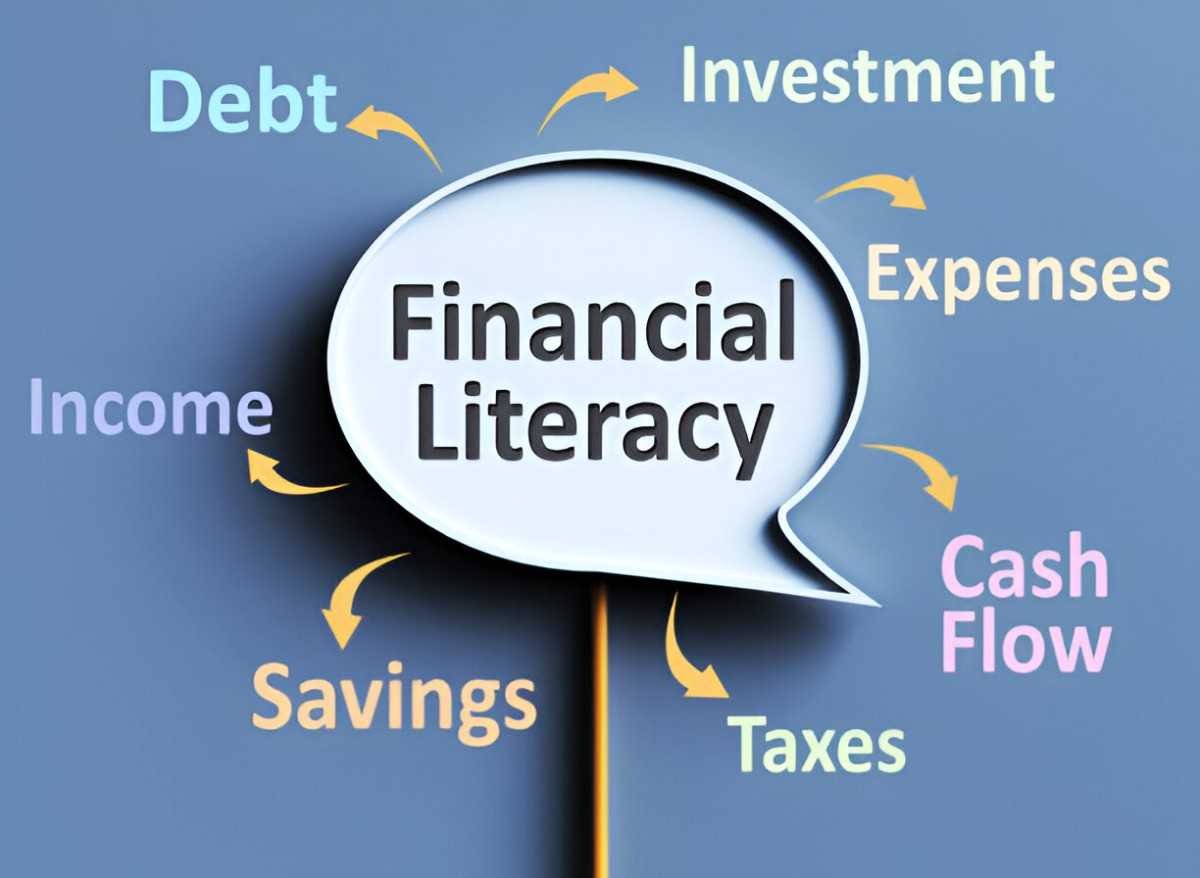Introduction
Financial liberalization is a widely discussed concept in economic and financial literature. It refers to the process of reducing government intervention in financial markets, allowing market forces to determine interest rates, capital flows, and other key financial variables. Advocates argue that financial liberalization enhances economic growth by improving resource allocation, increasing investment efficiency, and fostering financial deepening. Critics contend that it can lead to financial instability and crises if not properly managed. In this article, I will delve into the theory of financial liberalization, its historical evolution, theoretical foundations, empirical evidence, and policy implications, with a focus on the United States.
Table of Contents
Theoretical Foundations of Financial Liberalization
The financial liberalization theory is rooted in the works of McKinnon (1973) and Shaw (1973), who argued that financial repression—characterized by government-imposed interest rate caps, credit rationing, and capital controls—distorts savings and investment decisions. They posited that financial liberalization, which removes these constraints, leads to greater financial development and economic growth.
Key Assumptions
- Savings Mobilization: Higher real interest rates encourage savings, leading to greater capital accumulation.
- Efficient Capital Allocation: Market-determined interest rates allocate resources efficiently to the most productive investments.
- Financial Deepening: Liberalization expands financial markets, increasing access to credit and investment opportunities.
- Increased Investment and Growth: A more efficient financial system leads to higher investment levels and, consequently, economic growth.
Financial Repression vs. Financial Liberalization
| Feature | Financial Repression | Financial Liberalization |
|---|---|---|
| Interest Rate | Government-controlled, often negative in real terms | Market-determined, positive real rates |
| Credit Allocation | Directed lending to priority sectors | Market-driven allocation based on risk and return |
| Capital Flows | Restricted by capital controls | Free movement of capital across borders |
| Banking Competition | Limited due to regulatory constraints | Increased due to deregulation |
Historical Context of Financial Liberalization in the U.S.
The United States has undergone several phases of financial liberalization. Key milestones include:
- Deregulation of Interest Rates (1980s): The Depository Institutions Deregulation and Monetary Control Act (1980) removed interest rate ceilings on deposits, allowing banks to offer competitive rates.
- Elimination of Glass-Steagall Restrictions (1999): The Gramm-Leach-Bliley Act repealed the Glass-Steagall Act, allowing commercial banks to engage in investment banking activities.
- Capital Market Liberalization: Over time, restrictions on foreign capital inflows and outflows have been eased, making the U.S. one of the most open financial markets globally.
Empirical Evidence on Financial Liberalization and Economic Growth
Several studies have examined the relationship between financial liberalization and economic growth. The results are mixed, with some studies showing positive effects and others highlighting risks.
Positive Effects
- Increased Credit Availability: After financial liberalization, private sector credit as a percentage of GDP increased, reflecting improved access to financing.
- Higher Economic Growth: Countries that implemented financial liberalization experienced higher GDP growth rates compared to those that maintained financial repression.
- Stock Market Development: Liberalization has led to deeper and more liquid capital markets, providing firms with alternative financing sources.
Risks and Challenges
- Financial Crises: Excessive financial liberalization has been linked to banking crises, as seen in the 2008 Global Financial Crisis.
- Capital Flight and Exchange Rate Volatility: Free capital mobility can lead to sudden outflows, destabilizing economies.
- Income Inequality: Financial liberalization often benefits the wealthy more than lower-income groups, exacerbating inequality.
Case Study: U.S. Mortgage Market and the 2008 Crisis
Financial liberalization contributed to the 2008 financial crisis. The repeal of regulatory barriers allowed banks to engage in high-risk lending practices. Subprime mortgages, securitization, and excessive leverage led to a housing bubble and subsequent collapse. The crisis underscored the need for balanced liberalization with appropriate oversight.
Policy Implications and Lessons
Financial liberalization should be implemented with caution. Some key policy recommendations include:
- Prudent Regulation: While liberalization enhances efficiency, strong regulatory frameworks are essential to prevent excessive risk-taking.
- Gradual Liberalization: A phased approach allows economies to adapt and minimize instability.
- Monetary and Fiscal Coordination: Policies should align to ensure stability and sustainable growth.
Conclusion
Financial liberalization is a powerful economic tool that, when implemented correctly, can drive growth and development. However, its benefits must be weighed against potential risks. The U.S. experience highlights both the advantages and pitfalls of financial liberalization, emphasizing the importance of sound regulatory frameworks. Policymakers must strike a balance between fostering financial innovation and maintaining stability to ensure long-term economic prosperity.





